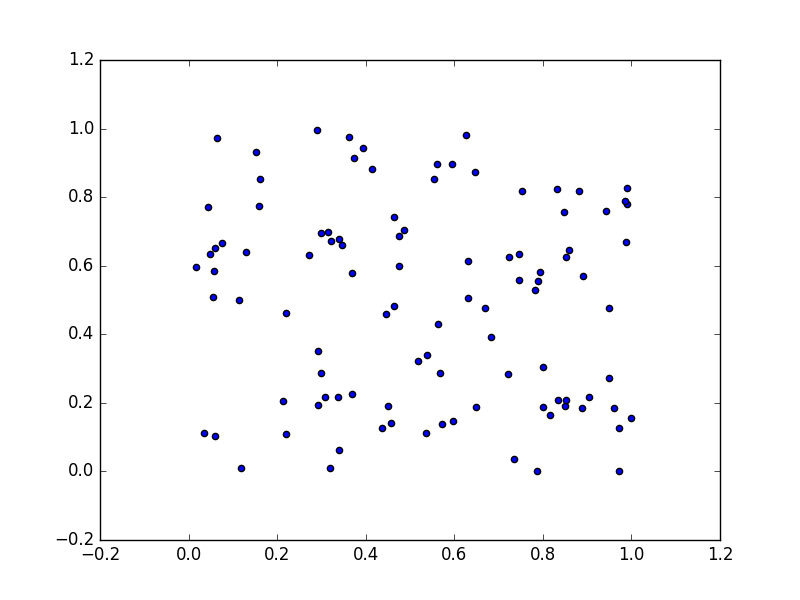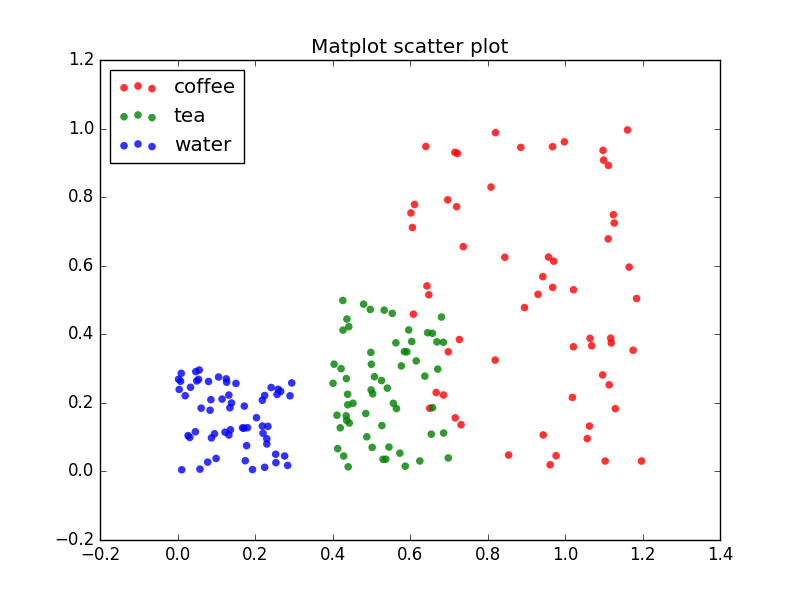

Heatmap_64, extent_64 = myplot(x,y, nb=64)Īx2.imshow(heatmap_16, extent=extent_16, origin='lower', aspect='auto')Īx2.set_title("Smoothing over 16 neighbors")Īx3.imshow(heatmap_32, extent=extent_32, origin='lower', aspect='auto')Īx3.set_title("Smoothing over 32 neighbors") Consider the following code, which is based on the example: import numpy as npĭef myplot(x, y, nb=32, xsize=500, ysize=500): Instead of using np.hist2d, which in general produces quite ugly histograms, I would like to recycle py-sphviewer, a python package for rendering particle simulations using an adaptive smoothing kernel and that can be easily installed from pip (see webpage documentation).

Im, extent = nearest_neighbours(xs, ys, resolution, neighbours)Īx.imshow(im, origin='lower', extent=extent, cmap=cm.jet)Īx.set_title("Smoothing over %d neighbours" % neighbours) Im = 1 / np.sum(d])įor ax, neighbours in zip(axes.flatten(), ): Yv = data_coord2view_coord(ys, reso, extent, extent) Xv = data_coord2view_coord(xs, reso, extent, extent) See Gabriel's answer for the implementation.Īnyway, here's my code: import numpy as npĭef data_coord2view_coord(p, vlen, pmin, pmax):ĭef nearest_neighbours(xs, ys, reso, n_neighbours):Įxtent = Update: As I suspected, there's a much faster method using Scipy's scipy.cKDTree. This method is at a high resolution pretty computationally expensive and I think there's a quicker way, so let me know if you have any improvements. This method calculates for each pixel the inverse sum of the distances of the n closest points in the data. Therefore I implemented a simple nearest neighbour method at pixel level. One difference I noticed with my gaussian filter approach and Alejandro's approach was that his method shows local structures much better than mine. The scatter plot and s=16 plotted on top of eachother for Agape Gal'lo (click for better view): Heatmap = gaussian_filter(heatmap, sigma=s)Įxtent =, xedges, yedges, yedges]Īx.imshow(img, extent=extent, origin='lower', cmap=cm.jet)Īx.set_title("Smoothing with $\sigma$ = %d" % s) Heatmap, xedges, yedges = np.histogram2d(x, y, bins=bins) I know this is an old question, but wanted to add something to Alejandro's anwser: If you want a nice smoothed image without using py-sphviewer you can instead use np.histogram2d and apply a gaussian filter (from ) to the heatmap: import numpy as npįrom import gaussian_filter

PLT.axis()Įdit: For a better approximation of Alejandro's answer, see below. PLT.hexbin(x, y, C=z, gridsize=gridsize, cmap=CM.jet, bins=None)

# 'C' is optional-it maps values to x-y coordinates if 'C' is None (default) then # if 'bins=None', then color of each hexagon corresponds directly to its count ( Matplotlib uses the term hexbin plot so do (AFAIK) all of the plotting libraries for R still i don't know if this is the generally accepted term for plots of this type, though i suspect it's likely given that hexbin is short for hexagonal binning, which is describes the essential step in preparing the data for display.) Tessellation (i.e., you can safely re-model your kitchen floor with hexagonal-shaped tiles because you won't have any void space between the tiles when you are finished-not true for all other higher-n, n >= 7, polygons). Hexagon is the highest n-polygon that gives regular plane Inside that square is not everywhere equal) and Hexagons have nearest-neighbor symmetry (e.g., square bins don't,Į.g., the distance from a point on a square's border to a point Though less commonly used than e.g., circles, or squares, that hexagons are a better choice for the geometry of the binning container is intuitive:
#SCATTER PLOT MATPLOTLIB EXAMPLE WINDOWS#
So from a histogram, you can just count the number of points falling in each hexagon, discretiize the plotting region as a set of windows, assign each point to one of these windows finally, map the windows onto a color array, and you've got a hexbin diagram. If you're not familiar with this type of plot, it's just a bivariate histogram in which the xy-plane is tessellated by a regular grid of hexagons. In Matplotlib lexicon, i think you want a hexbin plot.


 0 kommentar(er)
0 kommentar(er)
